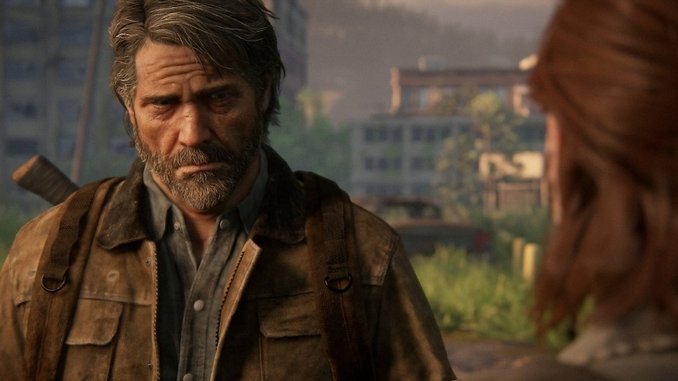
Every Friday Paste’s editors, staffers and games contributors share what they’ve been playing that week. New games and old, TV and tabletop, major hits and wild obscurities, action-first knuckle-busters and slow-and-stately brain-stokers: you can expect it all, every week, in The Games We Play.
The Last of Us Part II
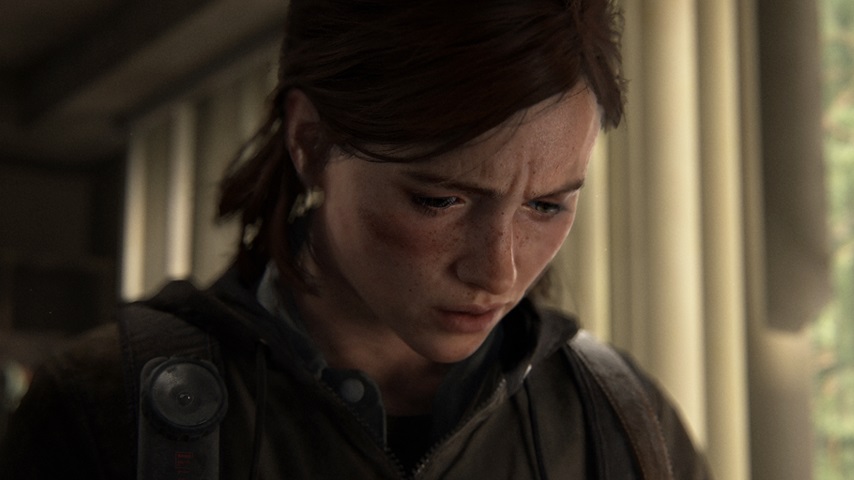
Platform: PlayStation 4
Read our full review.
For a game ostensibly about hate, The Last of Us Part II revolves around the complexities of love. It shows love at its most positive, between two people whose love is rarely normalized in media; as the driving force behind a powerful, overwhelming, all-consuming quest of anger, murder and retribution; as a means of defining identity and community, where we belong and where we are dehumanized. It conveys how love — in its equal potential to be merciful and violent — is intrinsically tied with survival.
Written by Halley Gross and Neil Druckmann, The Last of Us Part II follows Ellie on her mission for revenge after an event shatters the peace she and her father figure Joel had known for the last few years in a thriving Wyoming settlement. There’s genuinely not much more I am able to say about the plot. What I can say is that it has been marketed as something vastly different from what it actually is in order to protect its most powerful moments. It’s considerate and thoughtful in ways the first game wasn’t, handling a wide variety of subjects with a level of care and grace that is both poignant and palpable — and that kept surprising me even until the very last minute of what is a 25 to 30-hour long experience. It’s not gratuitous with its violence any more than with its heart.
And it’s impossible to not think of that violence in all its forms, especially in the time period this game is being released in. The Last of Us Part II is a story about warring factions, the breakdown of society following a deadly pandemic, and people who rely on violence to feel heard. I was anxious about a game focusing on hate, for those kinds of stories tend to veer into territory involving respectability politics and the importance of forgiveness, especially towards oppressors. But it avoids believing it has the authority to condemn violence just because it doesn’t adhere to a specific notion of peace. Peace is differently defined for every person; sometimes it requires letting go and leaving people or systems that have left one disillusioned, and at other times, it can only be found through screaming and breaking and destroying what must be rebuilt.—Games Contributor Natalie Flores
Signs of the Sojourner
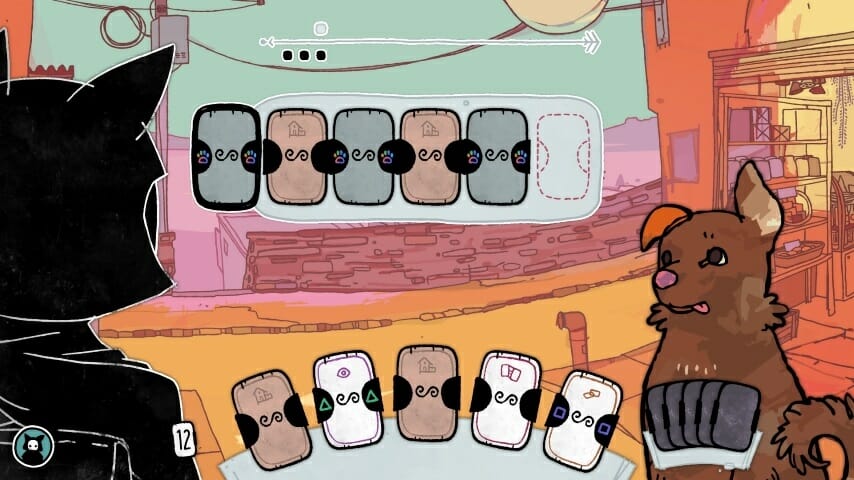
Platforms: Switch, PC, Mac
For the first hour of Signs of the Sojourner, I was trying to game the system. I built my narrative deck in an attempt to be the end all be all of decks.
I was going to succeed in every conversation. The winsome master manipulator. I was stacking my deck with each conversation to have a fresh snappy comeback. The right words. For the right person. In the right moment. That was the plan. Born out of deep familiarity with branching dialogue games whose conversations could be gamed, controlled, and redone until perfected.
Except, Signs of the Sojourner is too smart for that. This isn’t a Magic: The Gathering deck we’re building. There just aren’t enough cards. Decisions have to be made.
In my attempt to be everything to everyone, I became nothing. A rube, a clumsy pick-up artist, the narcissist who thinks they’re God’s gift.
It’s a simple brilliance. You have to be a person, a real one, with a real personality. You have to make decisions about who you are and how you’re going to approach life and the people who fill it. Sometimes, conversations will go badly—too tired to be polite or cunning. Irksomely logical and detached, or far too emotionally invested, or a weirdo creative. You can’t make everyone like you, or enjoy talking to you. And that’s something, Signs of the Sojourner urges you to accept. This game wants you to be vulnerable and imperfect. Be open to the possibility of saying the wrong thing and treat this delightful cast of characters as real people, not dialogue piñatas.—Games Contributor Dia Lacina
Mortal Kombat 11

Platforms: PlayStation 4, Xbox One, Switch, PC, Stadia
I’ve been enjoying Mortal Kombat 11, which is not really “Rated for Allison” in that it’s super detailed in its creatively blood-soaked violence, and button mashing only gets you so far. However, it has been a great brainless outlet for the immense frustration of [gestures] general life at the moment. There’s also a story mode (!) that is reliably bonkers yet surprisingly engaging. It allows you to unlock characters and features, with three story-driven fights per chapter, and the characters and moves are actually really beautifully (or rather, horrifically) rendered. Fans of the franchise are absolutely going to get more out of it than I, a mere newb just looking for kicks. I could not tell you one solid piece of information gleaned from playing Mortal Kombat 11 in regards to story or character. I have not mastered a single move set and barely survived the tutorial. But the bottom line is that it’s simple and silly and boy I sure do love chaotically mashing those buttons. —TV Editor Allison Keene
Kentucky Route Zero
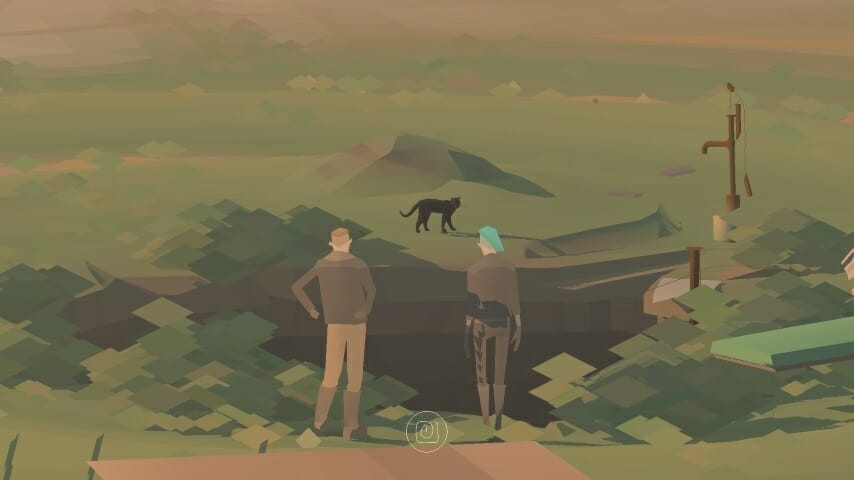
Platforms: PC, Mac, Linux, Switch, PlayStation 4, Xbox One
As I try to distract myself from the impending release of The Last of Us Part II, I decided to try out another classic I’ve never got around to playing until now: Kentucky Route Zero. I’ve only just cleared the second act, but I’m already captivated by its whimsical writing and eery atmosphere.
It’s the little things that make this game so charming. The art style is intentionally low in detail, with the camera preferring to look at its setting from a distance, but the writing and dialogue is so detailed and colorful that it does most of the heavy lifting in bringing Kentucky Route Zero’s world to life. Despite the giant bird, supernatural road and office room inexplicably full of bears, the most fascinating parts of the game thus far are the short, candid conversations I’ve witnessed about how all these weird, cryptic, funny characters live their lives. But the office room full of bears rules too. — Editorial Intern Joseph Stanichar
Sega Genesis Classics
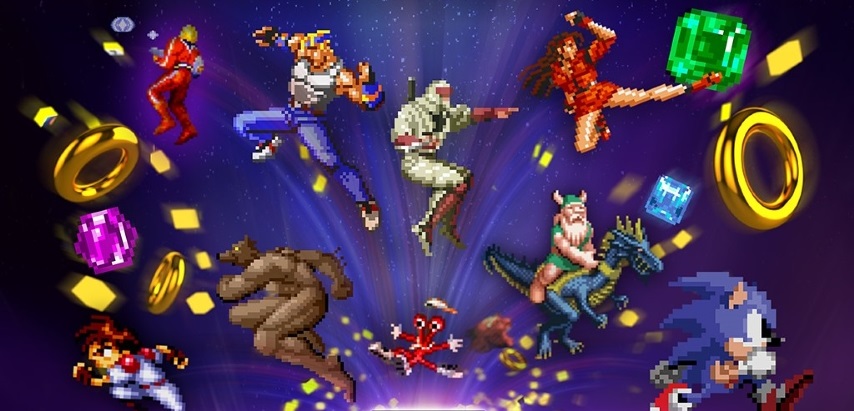
Platforms: Switch, PlayStation 4, Xbox One
I grew up in Turkey during the 1990s as the son of a middle class family. But consoles at the time were so expensive there, that you had to be rich as shit to afford them. In 1991, when I was 11, I used to go to a videogame store in the local mall to play their demo Sega Genesis—known as Mega Drive in Europe—which had the first Sonic the Hedgehog game loaded up. I’d spend enough time on it to get nasty looks from the staff, but I was never able to finish the game. The music that speeds up as I tried to get Sonic out of the water before he drowned was a source of many nightmares.
When Sega released the Genesis Collection on Xbox One, with a whopping 50 games from the console’s impressive line-up, I bought it to relive the Sonic experience and maybe, maybe beat it this time. I guess retro videogame gods were smiling down on me, because the rewind option that Sega integrated into the games made it much easier for me to finish. By pressing the left trigger, you can rewind the game and fix your mistakes. So whenever I messed up, I’d rewind and try again without having to repeat the level or lose a life. The games are a balanced and robust mix of genres and classics: All the Sonic games, all of Golden Axe, Streets of Rage, etc… are supported by cult favorites like Comix Zone. The interface is a love letter to retro gaming nostalgia, emulating an early ‘90s teenager’s room and animation that shows the cartridge snapping into the Genesis. Now it’s time to beat Sonic 2.—Movies Contributor Oktay Ege Kozak
Super Smash Bros. Ultimate
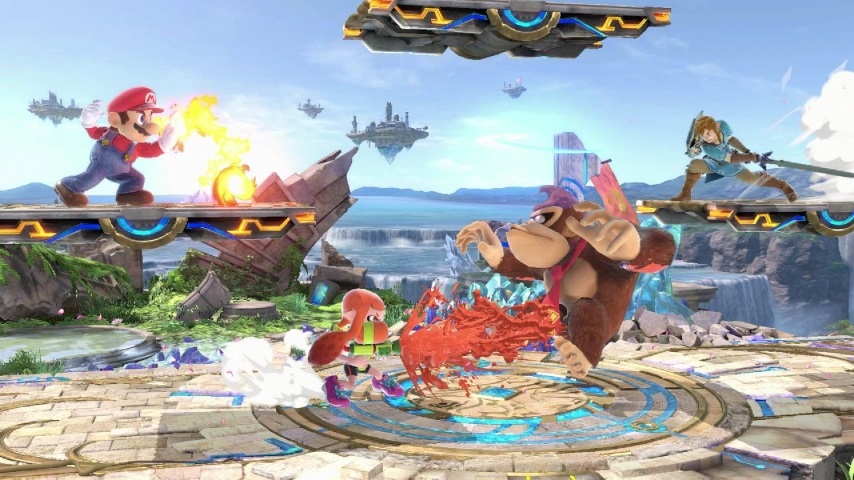
Platform: Switch
I’ve been playing the Smash Bros. series ever since its debut on the Nintendo 64, and I think it’s probably safe to say that Ultimate is the first entry in the series where the time I’ve spent playing has ever approached the 1999 original. Part of that is due to the fact that I now own a Nintendo console for the first time in decades, but the butter-smooth execution of Ultimate also deserves credit. It’s simply a refinement of everything that worked in the franchise’s last Wii U installment, in an even more attractive package, and with a roster of truly ridiculous depth.
I’m always amazed, though, at just how much I find I still have to learn in Smash Bros., even with what likely amounts to hundreds of hours played, much of it spent facing off against strangers online. You can think you’ve seen everything in this game, playing against a character you’ve faced hundreds of times in the past, only to find a human opponent who finds a completely new and seemingly absurd play style for someone like Inkling, or Pac-Man, or Link, thoroughly embarrassing you in the process. I’ve discovered ways to get beat in Smash Bros. Ultimate that I would never have thought possible. But there’s also those strange “eureka” moments of catharsis, wherein a character I’ve been playing for months suddenly CLICKS in a way I’ve never seen before. That was me last week with Ryu—one of my favorite characters, but not one of my best—as I suddenly realized I could accurately pull off the precise inputs necessary to perform a manual HADOUKEN or SHORYUKEN at will, a skill that had eluded me for years in the classic arcade cabinets. Why does it now suddenly seem so easy? Is this what it’s like to be serviceable at fighting games?
Regardless, there remains no substitute for playing against human opponents in a game like Smash Bros.. It presents a challenge and mental puzzle that is impossible to replicate in A.I. opponents, and it always keeps me coming back for more. —Staff Writer Jim Vorel
Task Force Kampas

Platform: PC, Switch, PlayStation 4, Xbox One, Vita
Itch.io’s massive Bundle for Racial Justice and Equality (which you can buy here) is the greatest deal in videogame history. For a minimum donation of $5 you can get 1657 different DRM-free projects, including some of our favorite games of the last few years. So far the bundle has raised over $5 million in a week, which is absolutely incredible. If you haven’t donated yet, you should really think about it.
The biggest games in here are a who’s who of recent faves—Night in the Woods, Minit, Celeste, A Short Hike. They’re all excellent, and they’re all stuff I’ve already played. So when I dove into this overwhelming assortment I was most interested in pulling up stuff I’ve never heard of before. To wit: Task Force Kampas, a cool and colorful homage to ‘80s shoot ‘em ups, one of my favorite genres of all time. Kampas isn’t quite interested in the speed and difficulty that shmups can be known for; instead it wants to dazzle us with the interplay between sound and vision, as the pulsing score combines with the weave and bombard of your ship into a single shimmering sensation. This lo-fi riff on classics like Star Soldier and Blazing Lazers mixes up retro graphics with what look like hand-drawn elements, creating a distinctive aesthetic in a heavily played out field. Smart, hard-working developers like Casiopea are out here finding new ways to explore and expand on genres that felt tapped out decades ago, and I’m really glad I somehow fell on this first out of the bundle’s immense library of games.—Senior Editor Garrett Martin